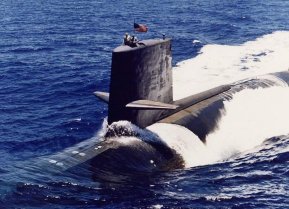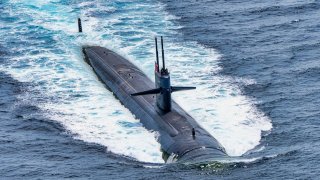How Many Attack Submarines Does the U.S. Navy Need?
How many attack submarines does the U.S. Navy need? With Chinese and Russian SSN threats looming, the more, the better. But accomplishing the mission is essential, and the ability to do so might come from unusual quadrants.
How many attack submarines does the U.S. Navy need?
The more, the better. But accomplishing the mission is the important thing, and the ability to do so might come from unusual quadrants. Never reject unconventional options out of hand. That includes beneath the waves.
Let’s start from first principles to get some purchase on questions of undersea force structure. The 2020 triservice maritime strategy, titled Advantage at Sea, remains silent about numbers of hulls, airframes, and armaments. It’s a strategic concept more than a full-fledged strategy connecting means to ends. But the directive does lay out in general terms how the sea services—the U.S. Navy, Marine Corps, and Coast Guard—intend to approach operations throughout the continuum from competing in peacetime to fighting wars and back again.
Guidance from on high is not a bad place to start.
Battle, of course, is the most demanding of naval missions and thus sets the benchmark for gauging the adequacy of force design. Explains the maritime strategy: “In combat, naval forces will leverage the concepts of Distributed Maritime Operations, Littoral Operations in a Contested Environment, and Expeditionary Advanced Base Operations to support Joint Force Commander objectives.” Distributed maritime operations envisions dispersing firepower among more, smaller, cheaper ships. A more numerous fleet of heavy-hitting ships of war is a more resilient fleet. It loses a smaller percentage of the force’s overall combat power when it loses a ship than does a less numerous fleet whose combat power is concentrated in a few units. A distributed fleet can absorb casualties and fight on to victory—which is the point of military endeavors.
Nuclear-powered attack submarines are hardly inexpensive platforms affordable in bulk, as the concept of distributed maritime operations envisions. Still, the concept clearly points to larger numbers of hulls in the fleet.
Littoral operations in a contested environment and expeditionary advanced base operations are concepts pushed by the U.S. Marine Corps, chiefly during the tenure of now-retired Commandant David Berger. Under those concepts small bodies of marines equipped with sensors and antiship and antiair armaments will scatter around offshore islands, chiefly in the Pacific theater, in order to help the fleet deny a stronger antagonist—the People’s Liberation Army (PLA) being the “pacing threat”—the ability to use the maritime commons and the airspace overhead.
If grounded or confined to port, the PLA Air Force and Navy cannot mount a successful amphibious invasion of Taiwan or make good on Beijing’s claims to South China Sea or East China Sea real estate. Here, too, concepts embedded in maritime strategy apply upward pressure on the U.S. Navy’s inventory, on the submarine fleet in particular. After all, attack boats are sea-denial warships without peer.
If sea denial is the reigning strategy, subs could be the decisive weapon in the Western Pacific. More decisive weapons are better.
On to specific numbers. The current attack-submarine contingent stands at 51 hulls, around half the total from the (almost) 600-ship navy of the 1980s. That might suggest that the navy should be aiming for the century mark once again when planning submarine acquisitions. It’s worth pointing out, though, that the 600-ship navy wasn’t the navy civilian and uniformed leaders wanted in the late 1970s and 1980s to contend with the Soviet Navy; it was what they could get. A series of studies indicated that a 600-ship navy would constitute a “yellow light” force of middling size and capability. A navy of such dimensions, in other words, would hold the advantage over the Soviet Navy in some critical waters, would be competitive in others, and would be doomed to defeat in none. Fewer than 600 tempted defeat. The leadership judged that a much larger fleet worthy of a “green light” would be necessary to guarantee success in all seaways of American interest. That was what navy chieftains wanted.
They wanted more.
So there’s a rough guide extrapolating from Cold War history. The past suggests that 100 boats’ worth of undersea firepower relative to likely foes should be the floor for U.S. Navy shipbuilding plans—not a ceiling. Chinese sea power—meaning the PLA Navy battle fleet backed up by shore-based aircraft and missiles—is at least as imposing an adversary as was the Soviet Navy forty years ago. The China challenge warrants mounting countermeasures of Cold War magnitude, manifest in subs prowling the depths.
By contrast the Biden Navy Department’s FY 2023 30-year shipbuilding plan advocates a fleet of 69 nuclear-powered attack submarines by midcentury. The fleet as a whole would total 367 crewed battle-force ships plus a contingent of 150 uncrewed surface and subsurface craft. (These figures come from “alternative 3,” one of three options the navy leadership has taken to presenting to Congress depending on the amount of funding lawmakers appropriate for shipbuilding, operations, and maintenance. Projecting alternative futures rather than espousing a single, specific fleet inventory grates on some in Congress, but the Navy Department has persevered with the approach. Alternative 3 is typically the most ambitious of the three, and the navy’s preference.)
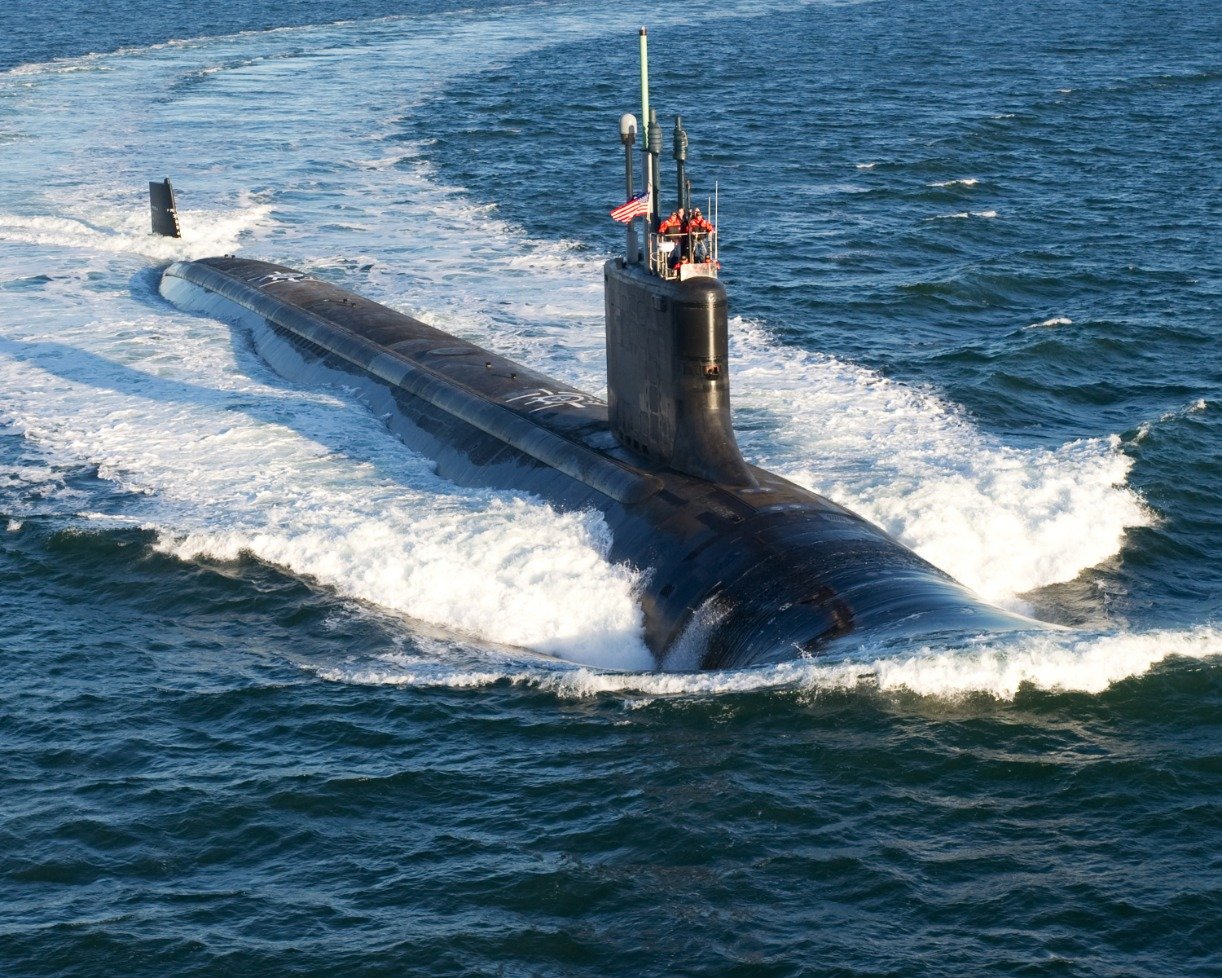
Bulking up the fleet of nuclear-powered attack submarines by over a third would be most welcome. These are potent assets. But taking until midcentury to consummate the buildup could leave the U.S. Navy trailing far behind the threat, a threat that is manifesting here and now. General Secretary Xi Jinping has famously instructed the People’s Liberation Army to be ready for war in the Taiwan Strait in 2027, a scant three years from now. What can sea-service leaders do to amplify the silent service’s combat power in the time of greatest peril?
First, they can make every effort to station the submarine fleet near potential patrol grounds rather than keeping most boats at home. The Department of Defense uses an awkwardly named metric called “station-keeping multipliers” to show how many U.S.-based vessels of some type the navy needs in order to keep one on foreign station. This is basically the ratio of ships in the inventory to those actually on cruise. The station-keeping multiplier reflects the cycle of training, forward deployment, and post-deployment refit and maintenance as well as factors such as transit times to and from the theater, the additional wear-and-tear deployment to distant seas entails, and on and on.
Geographic distance demands a heavy due.
For example, the U.S. Third Fleet, based in San Diego, has to maintain a flotilla of 5.3 nuclear-powered attack boats if it’s to provide one to the Japan-based Seventh Fleet. For boats homeported in Guam, by contrast, it takes just 1.5 hulls to keep one on patrol in the Western Pacific. Two of three boats on deployment beats one in five. The trick to operational art is assembling more combat power than the enemy at the time and place of battle. Force, time, space. Stationing assets near likely battlegrounds simplifies the operational challenge, bolstering prospects for victory.
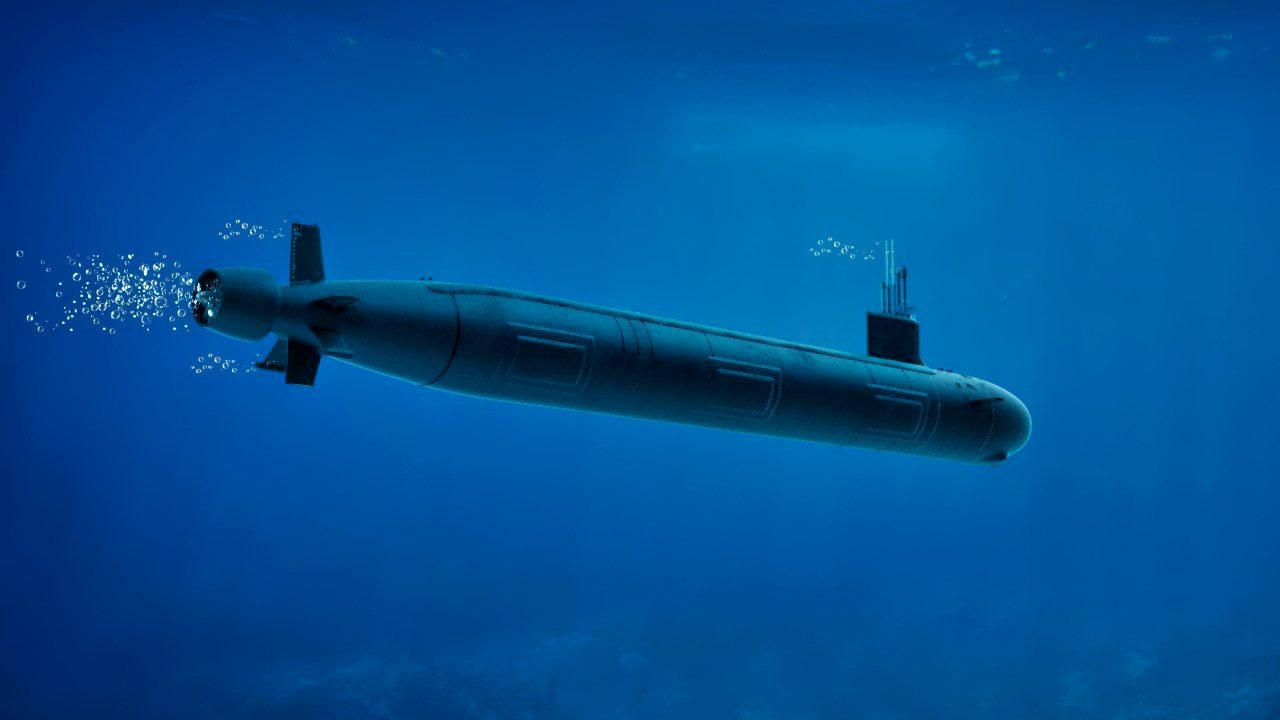
Closer is better. The more submarine bases in embattled theaters, the better off U.S. war plans will be.
Second, navy leaders must work with shipyards to get their house in order with regard to overhauls and general upkeep. As of last summer maintenance backlogs had idled some 40 percent of the attack-boat fleet, double the navy standard. That leaves just 30 or 31 subs to cover U.S. commitments throughout the seven seas, when around 40 should be ready for duty. And even 40 constitutes an exceedingly lean force considering it’s subdivided among multiple oceans. Driving down the number of hulls in maintenance or overhaul would help the navy wring maximum value out of the fleet’s theoretical combat potential. The service is underperforming.
Forty battleworthy subs beats 30.
Third, unmanned underwater vehicles of various types could help make up the differential between current numbers of manned submarines, construction of new subs, and that hypothetical 100 subs’ worth of undersea fighting power. No uncrewed vehicle, even of the extra-large variety, can substitute for a crewed submarine on a one-to-one basis. These are small craft, limited in capability. But they can help the fleet scout out hostile forces, command and control friendly forces, and put ordnance on target. In short, they can help out with all three critical fleet-tactical functions.
How much they can help remains to be determined through fleet experimentation.
The Defense Department’s Replicator initiative, intended to proliferate drones in large numbers in the next couple of years at low cost, largely to balk a domineering China in the Western Pacific, may reveal much about silent-service capabilities in the unmanned era. Replicator could be submariners’ difference-maker. Time will tell.
And fourth, nuclear-powered attack submarine is not a synonym for attack submarine. The leadership should drum that elementary point into navy culture. Naval nuclear propulsion is important to undersea warfare but not all-important. Navies around the world—including some of America’s closest friends and allies—operate highly effective conventionally powered submarines. Conventional attack boats suffice, and then some, when they mainly operate close to home. In home waters the unlimited range and seakeeping ability that come with nuclear propulsion are less crucial to success.
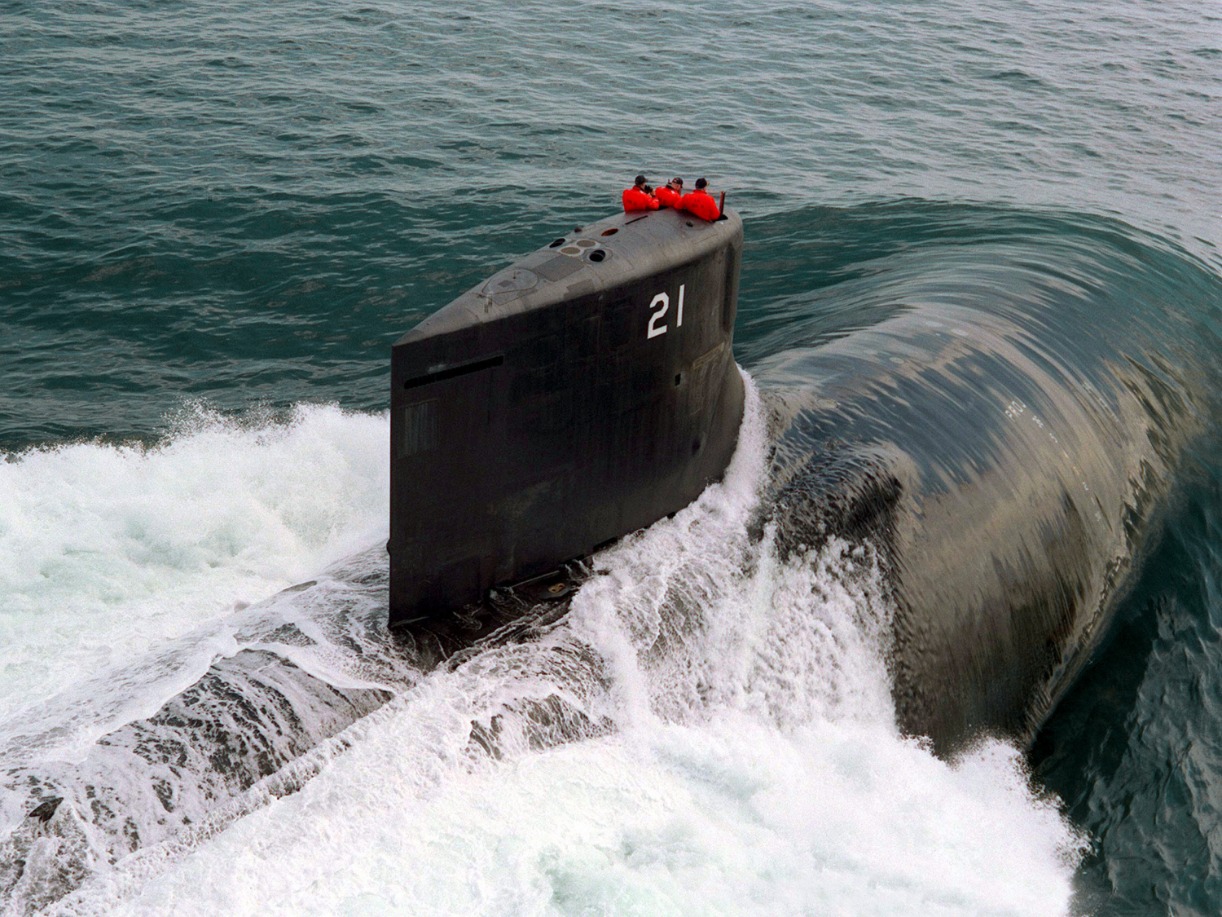
But here’s the kicker: the U.S. Navy submarine force cares about those same patrol grounds, and it has access to allied bases alongside allied submarine forces. Why send nuclear-powered boats from afar when you can station diesel boats close by—and laugh at the tyranny of distance?
So there’s strategic and operational logic to forward-deploying submarines. Cost and upkeep redouble the case for forward deployment. Want to add attack boats at a low, low price, in a hurry, and near depots able to maintain them, as well as close to likely scenes of action? Buy foreign. For instance, Japan’s navy operates diesel-electric attack subs acclaimed the finest large conventional boats on Planet Earth. It appears as though the U.S. Navy could acquire 5-6 Japanese-built diesel boats for the price of one nuclear-powered Virginia-class boat, and without the pricetag and the hassles that come with nuclear power. Navy leaders should inquire whether Japanese builders would like the extra business. One suspects they would.
And Japan occupies prime strategic real estate. Conventional propulsion sounds like a cost-effective way to multiply and distribute firepower among Pacific islands, supporting the fleet in its sea-denial cause.
The Western Pacific, the first island chain especially, is the U.S. sea services’ likeliest oceanic battlefield. Washington has to manage events there on a budget. Let’s embrace options that promise maximum bang for the buck at the right place and the right time.
About the Author: Dr. James Homes, U.S. Naval War College
Dr. James Holmes is J. C. Wylie Chair of Maritime Strategy at the Naval War College and a Distinguished Fellow at the Brute Krulak Center for Innovation & Future Warfare, Marine Corps University. The views voiced here are his alone.
